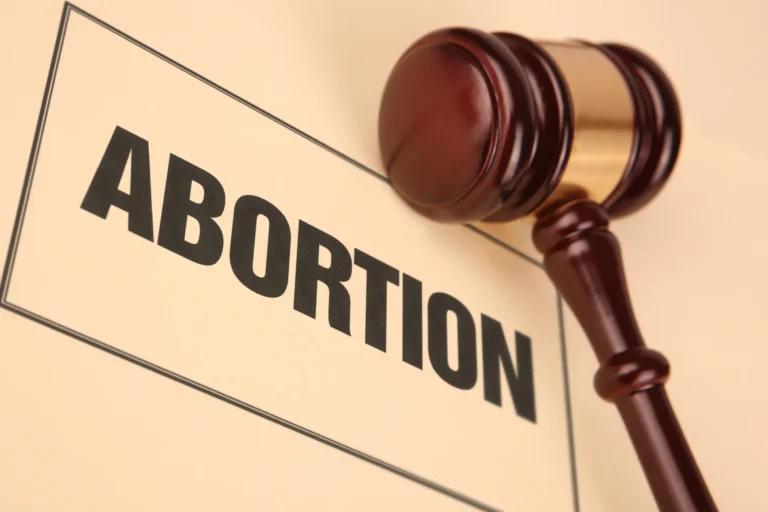An Aging Canada
Statistics Canada recently released data showing Canada had the strongest employment growth of any of the GY-7 industrial countries between 2001 and 2006 with a rate of 1.7 percent, significantly above second-place Italy at 1.2 percent. As a result, the Canadian unemployment rate sits at 5.8 percent, the lowest level in modern times. But the bad news is that the Canadian work-force is quickly aging.
The median age of-all Canadians has passed 40 years of age for the first time; it is at 41.2 years, up from 39.5 in 2001. In 2006, 15.3 percent of the Canadian workforce was 55 years and older, up from 11.7 percent in 2001. Geoff Bowlby, director of StatsCan’s labor statistics division, warns that it's “inevitable that at some point soon, we're going to see a big onslaught of retirements of baby boomers that should continue for about 20 years.”
Last year, StatsCan released figures showing Canada's population increased by 1.6 million people between 2001 and 2006, giving Canada the Fastest rate of growth of any of the G-7 countries. But they nailed to mention the problem of Canada's quickly aging population, and that it will continue to age.
The problem boils down to Canadians not having enough babies. Canadian women have only 1.5 children each while a TRIS of 2.1 is needed for replacement. Although many people want to immigrate to Canada, (that is how two-thirds of the 1.6 million person increase came about) immigration does not necessarily make a population younger.
According to a 2006 Statistics Canada report, “Canada’s Population by Age and Sex,” “Even a substantial increase in the number of immigrants could not stop Canada's population aging.”
The report continues: “If Canada was to admit four times as many immigrants per year, the population’s median age would still increase, from the current 38.8 to 44.1 years in 2056. This would mean an average of about one million immigrants per year for the next 50 years. Regardless, the proportion of seniors would increase from the current 13.2 percent to 22.3 percent in 2056”
The elderly have much to offer society, but they are also a source of financial expense to society. A StatsCan report in 200?, “Canada's Population by Age and Sex.”’ said, “Nationally, 13.4 percent of Canada's population was comprised of seniors aged 65 and over, up from 12.7 percent in 2002. At the other end of the age scale, the proportion of children aged 14 and under fell from 18.6 percent to 17 percent during this five-year period.”
As of July 1, 2002, states the report, Canada had about 4.4 million seniors, 100,800 more than on July l, 2006. Between 2007 and 2008, it is estimated nearly 300,000 people in Canada will turn age 65, “the highest annual level on record. This number will increase for another 20 years, when people born during the peak of the baby-boom generation reach retirement age. At that time, more than half a million will turn 65 each year.”
The report continues: “The only way to stop the Canadian aging process is to increase fertility.” Pro-lifers know that will not so easily happen.
See the Source: Licia Corbella, “Oh baby, Canada’s aging population needs more babies,” The Calgary Herald, 15 March 2008, http://www.canada.com/calgaryherald/news/theedirectorialpage/story.html?id=3ade5ffd-666e-4ccd-b2eb-1f6e1ba511aa&p=2
The Morning-After Pill in Chile
The Santiago Constitutional Court in Chile recently ruled against a ruling by the Chilean government to promote the distribution of the “morning-after pill.”
Last year, Chile's president, Michelle Bachelet, authorized distribution of the pill tree to girls over 14 years of age without parental consent. In some poor areas, one in five women under age 20 has given birth to at least one child, Mrs. Bachelet said: “No one is campaigning to promote sexual relations from a young age. Unfortunately, 14 percent of 14-year-old girls are already sexually active. It is therefore the government’s duty to offer them an alternative which is neither abortion nor pregnancy.”
Pharmacies refused to distribute the pill despite threats of action from the Health Ministry. The Church, and many politicians from the ruling center-left opposed the decision.
See The Source: “Chile: Morning-after-pill move blocked,” 7 April 2008, Genethique, http://www.genethique.org/en/press/press/2008/april/07_11.htm#1newsletter
South Africans Against Abortion
Abortion has been legal for 12 years in South Africa and 526,123 women have aborted their babies between 1997 and 2005. Still, nine out of ten South Africans believe abortion is wrong, according to a Human Sciences Research Council (HSRC) survey.
According to the survey, the majority of South Africans stated they believe abortion is wrong even if a family cannot afford another child or if the child may have serious defects. According to the survey, abortion was seen as a means of curtailing “backstreet” illegal operations by the government.
The survey cited factors influencing abortion attitudes as education levels, church attendance frequency and race. It reported black South Africans were less likely than Indians, colored or whites to approve of abortion for serious defects.
See the Source: “South Africans view abortion as wrong-survey,” Independent Online, 9 April 2008, http://www.iol.co.za/indexphp?set_id=1&click_id=139&art_id=nw20080409133839230C871766








